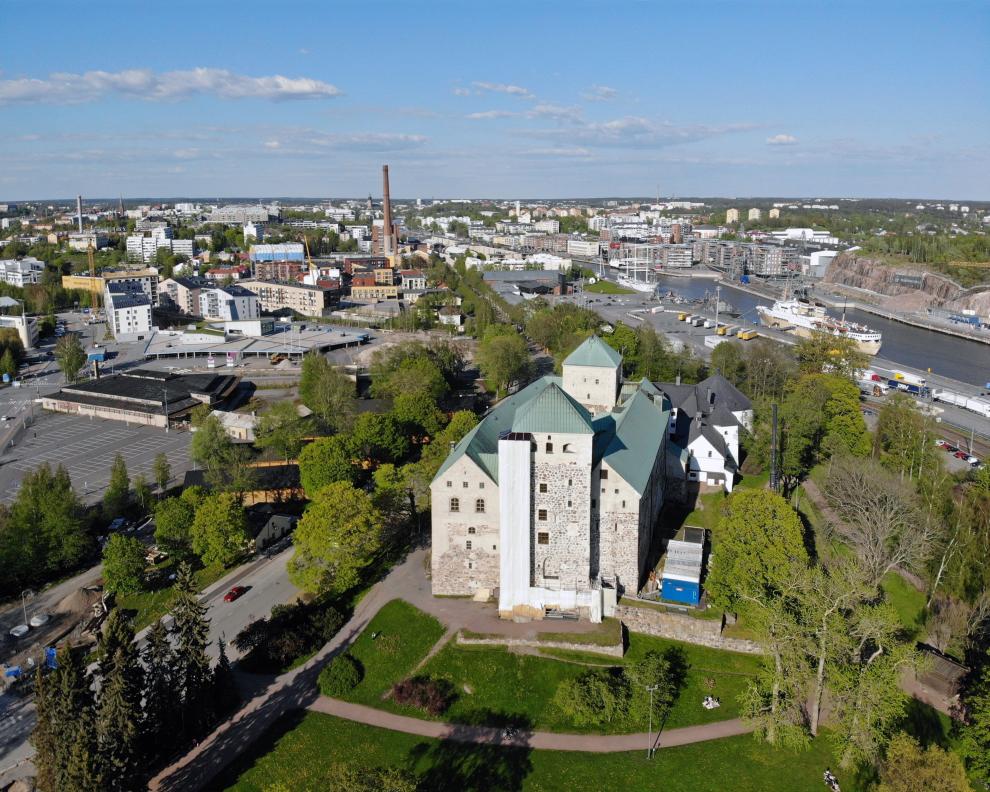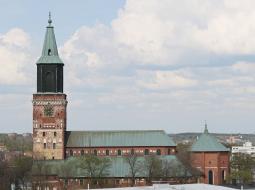Thessaloniki gets ready for its metro launch in November
The underground rapid transit lines have been under construction for almost two decades due to various project delays
 TheMayor.EU logo
TheMayor.EU logo 
The first mentions of Turku can be traced back the 1100s, while archeological findings point to the area of the city being settled all the way back in the Stone Age. Nonetheless, the town of Turku itself was founded in the late 13th century with the Turku Cathedral being consecrated in the year 1300.
Prior to Helsinki’s rise over the last couple of hundred years, Turku was the largest city in Finland and on numerous occasions served as its capital. Turku was such an important location that originally, when speaking of Finland, people referred primarily to the area around the city.
During the Middle Ages and until the 17th century, Turku served as the administrative and religious centre of the eastern part of the Swedish Empire (modern-day Finland). After the latter was ceded to Russia in the 1800s, the de-facto regional capital moved to Helsinki. Nonetheless, Turku remained Finland’s largest city for another 20 years and for the following centuries served as the region’s gateway to the west, boasting excellent connections to the rest of Europe, while simultaneously having a good relationship with cities in Russia and formerly the USSR.
According to 2020 data, Turku has a population of some 193,000 citizens. It is the sixth-largest city in Finland and sprawls over a territory of 306.36 sq.km. The city proper is divided into 78 districts and 9 wards that, however, do not function as local government units themselves.
Turku’s most pronounced industries are tech and services. The city’s business district is centred around the Port of Turku where it has blossomed over the years, while the Turku Science Park is home to over 300 companies hailing from different backgrounds – including information technology, biotechnology and others.
Turku’s educational establishments are also a key pillar of the city’s economic development as they are closely intertwined with the business community in providing them with an ample pool of well-prepared candidates.

Turku, along with the Estonian capital of Tallinn, was designated European Capital of Culture 2011. In that regard, authorities have been making continuous and successful efforts to improve the city’s tourism and cultural offers. This has continued for the past 10 years as Turku has grown into one of Finland’s tourism hubs.
Among the most interesting sites in Turku are the Turku Castle and the Turku Cathedral. The two edifices, while ancient (both being built in the 13th century), remain in use to this day and are some of the most visited attractions in the city.
The Turku Cathedral became the main cathedral of Finland in the year 1300 and is now the Mother Church of the Evangelical Lutheran Church of Finland. It was damaged in 1827 by a fire but has since been rebuilt and continues to serve its main purpose.
The Turku Castle, meanwhile, is managed by the City Council and acts as a museum in its entirety. Today, it is one the most visited sites in the entirety of Finland and is well worth a trip as it presents a nigh-complete vision of what it looked like in previous centuries.